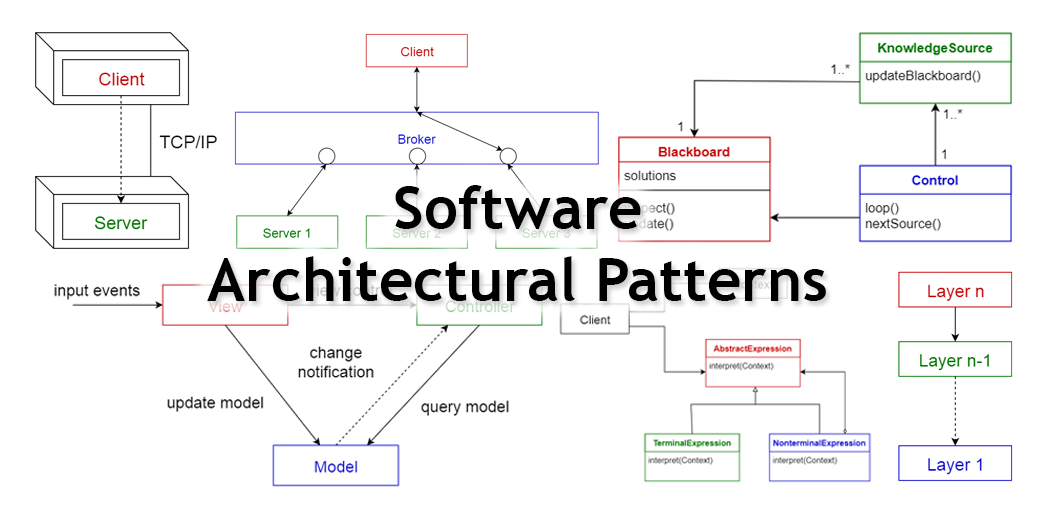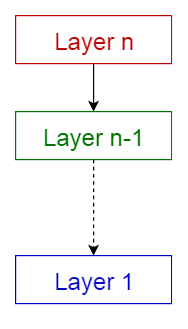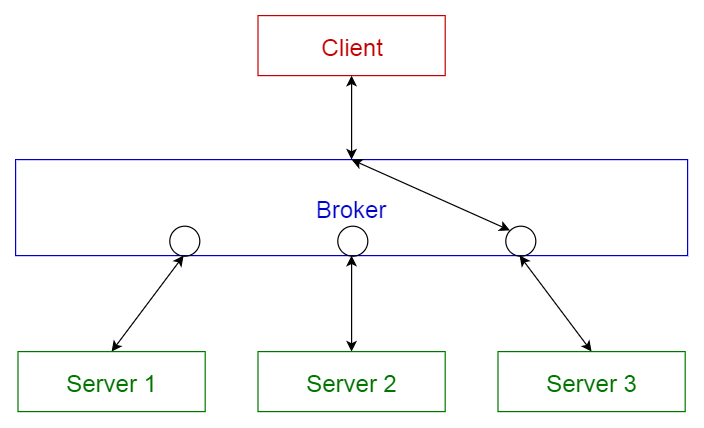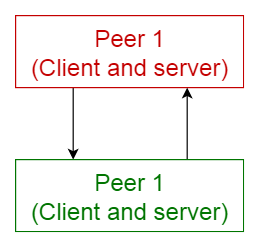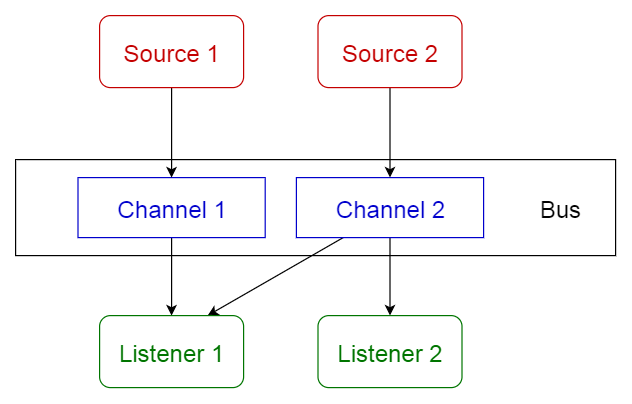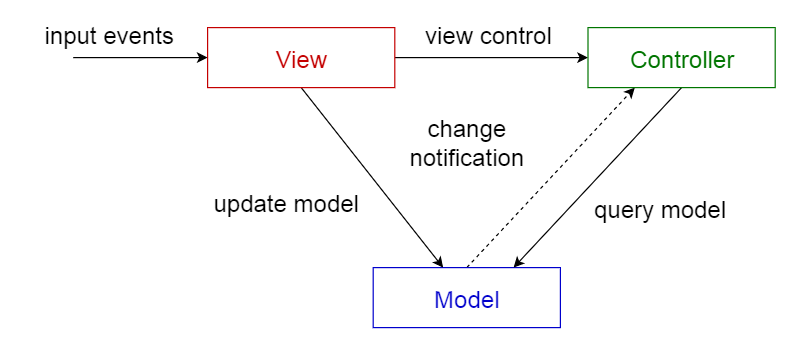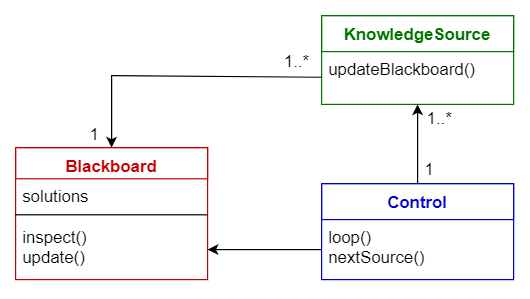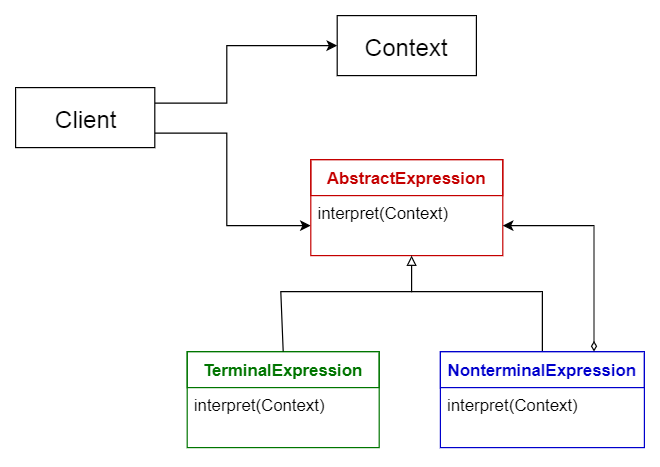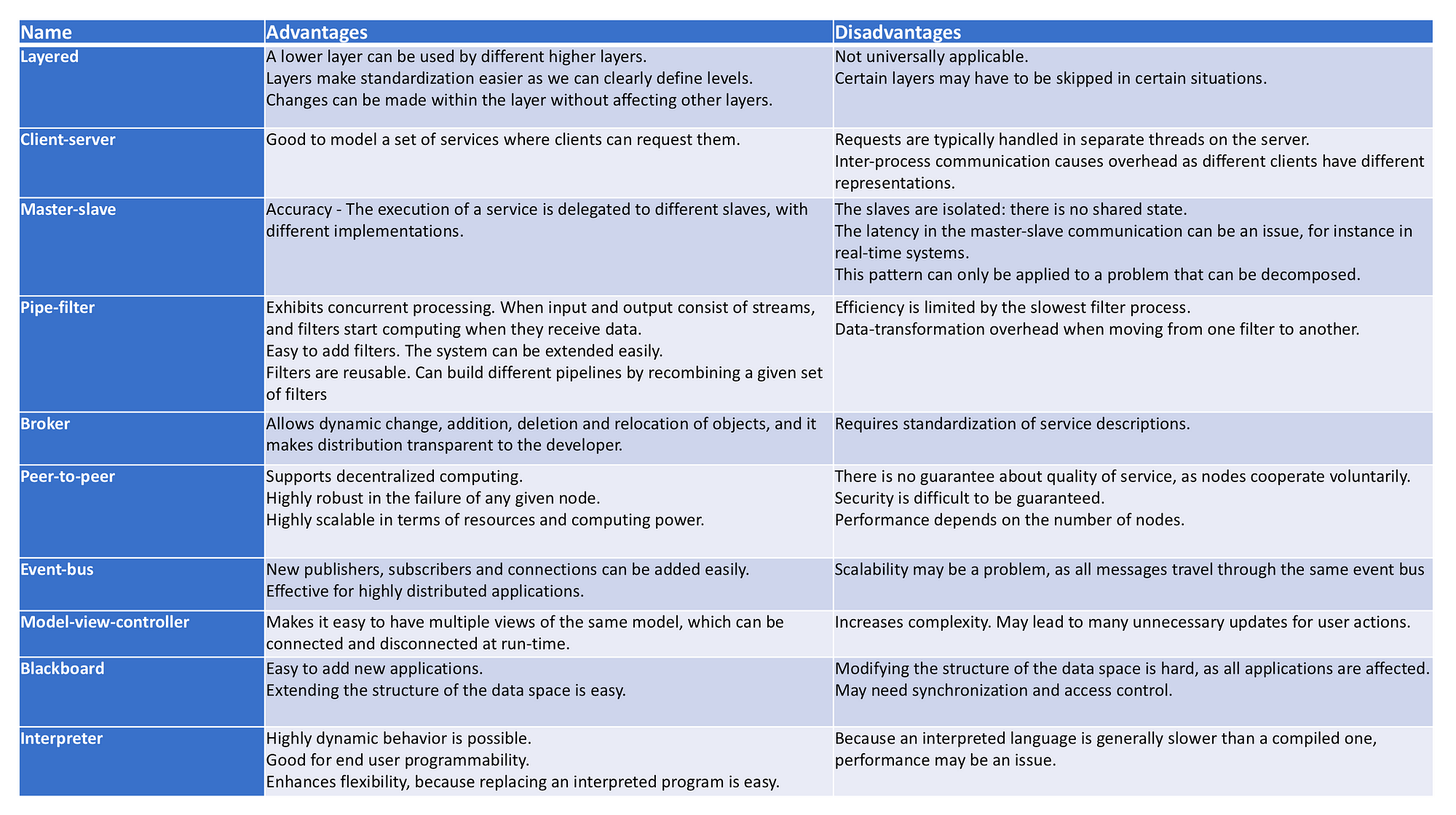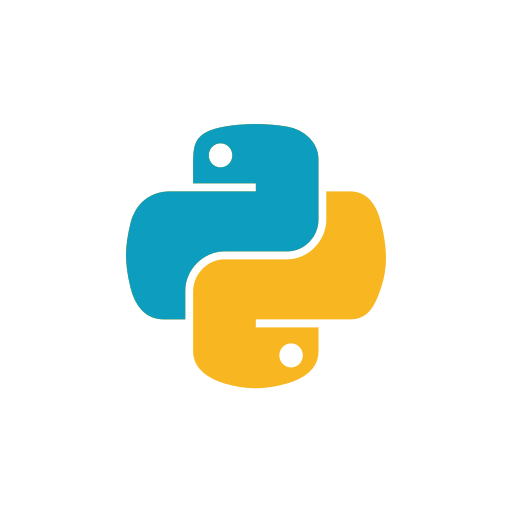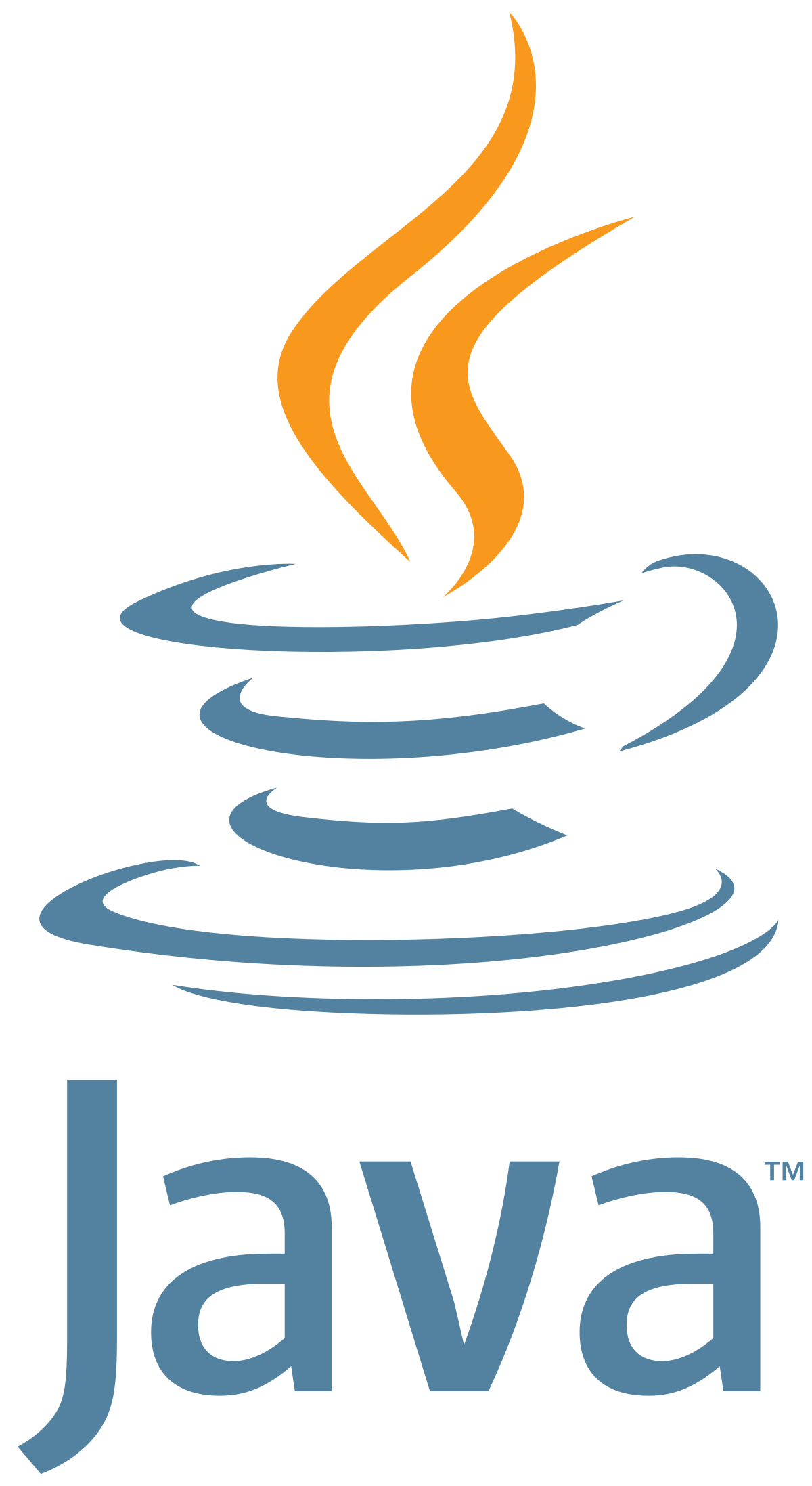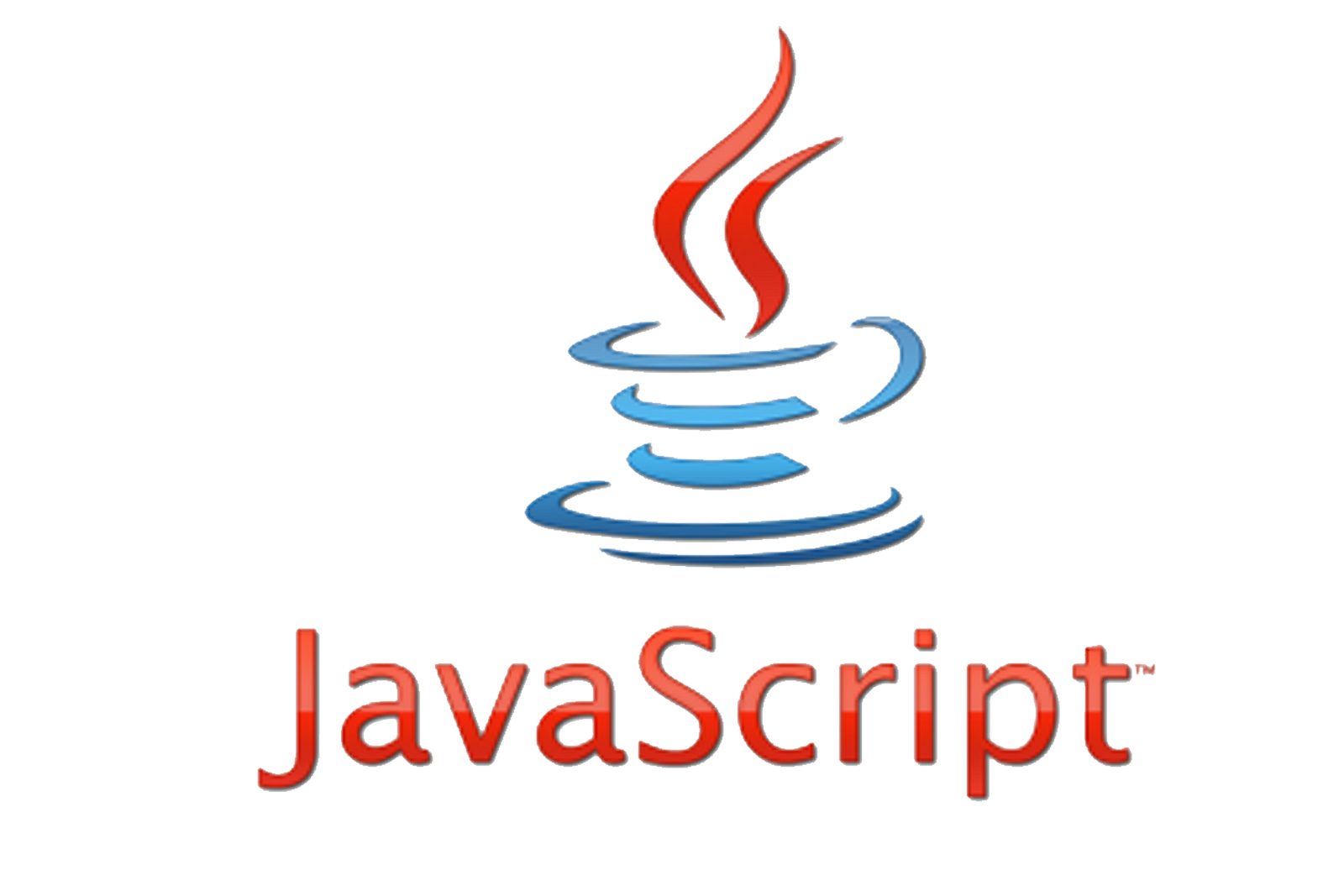Here are 13 advantages of digital marketing that will surely help you make the right decision for your business.
(1) Strategize with The Valuable Data and Analytics
With digital marketing, you can have an idea of the exact number of people who have viewed your website’s homepage in real time.
With google analytics, you can track stats and information about your marketing website. It will let you know about –
- The Number Of People Visiting Your Business Page.
- Their Geographic Location.
- The Sex, Age, And Interests Of The Visitors.
- How Much Time They Are Spending On Your Site.
- The Source Of Traffic From Various Gadgets.
- Website Bounce Rates.
- How The Traffic Has Changed Over Time.
By displaying a breakdown of all of this traffic information, this intelligence helps you to prioritize the marketing channels.
Mind-blowing, isn’t it?
The real-time data analysis provides you with a better understanding of the effectiveness of your marketing tactics. With access to this information, you can also optimize your marketing budget by investing in the well-performing marketing campaigns.
(2) Content Performance and Lead Generation
Imagine you’ve created a product brochure and delivered it to people as an offline content.
Does it seem to be convenient enough?
The problem is that you have no idea how many people have gone through that or, in the worst scenarios, how many people threw it into the trash!
Once you create an impactful visual content, start promoting it on social media. Through such networks, buyers would be able to learn about products and services through influencers and peers.
Through digital marketing, you can measure exactly how many people viewed your marketing content. Thereafter, you can collect the contact details of those who download it by using forms. Additionally, you’re also generating qualified leads when people download it. With a solid lead nurturing strategy, you can build better awareness and affinity for your brand.
(3) Improved Conversion Rates
Converting a customer online is not a big deal. All you need to do is just make your marketing strategy an engaging one.
Targeted traffic offers bigger chances for conversion. Unlike other types of advertising, digital marketing lets you have a two-way conversation with customers and leads.
Through digital marketing, you can reach out to your customers at any time. Instead of bothering them with multiple phone calls, reaching customers online seems to be a better idea. Just send an email and let them make a purchase and learn more about your organization. From such interactions, important leads can be generated, which would eventually bring an increase in conversion rates.
(4) More Cost Effective Than Traditional Marketing
Digital marketing lets you save your money to a substantial extent. This has the potential to replace costly advertising channels such as television, radio, and yellow pages.
With email marketing automation, you can boost your leads. Thus, it will allow you to pre-load content and schedule it for sending out the content at key times.\
(5) Higher Revenues
It’s a well-known fact that higher conversion rates can be generated by effective digital marketing techniques. Hence, it will deliver loads of profitable benefits for your business in terms of better and higher revenues.
While advertising your brand:
- have a good layout that enables easy navigation
- use the digital platform to understand customer purchase patterns
- offer the right idea that meets the needs of your customers
- use multiple digital marketing channels to gather useful data
With better revenue growth expectancy, small and medium enterprises will have better chances of expanding their workforce.
(6) Higher ROI from Your Campaigns
Digital marketing companies optimize conversion rates to achieve maximum Return on Investment (ROI) for businesses. With smarter branding and better revenues, digital marketing can fetch a better ROI than traditional marketing.
With effective tracking and monitoring methods, results can be analyzed. It helps the organizations to take necessary measures as soon as possible.
With digital marketing, you can generate a steady flow of targeted traffic that gets converted into sales and leads. And, the more your business generates this kind of traffic, the faster you can enjoy your ROI.
(7) Compete with Large Corporations
Does digital marketing sound as foreign as binary code to you?
Don’t worry if you are dealing even with a small industry.
The importance of digital marketing also lies in the fact that it lets you compete for head to head with big brands and large corporations.
From a small vendor to a large powerhouse, digital marketing offers an affordable and effective marketing tactics. Small brands can drive traffic both locally and across the country by reaching out to their target consumers.
(8) Get Prepared for the “Internet of Things”
The “Internet of Things” is a global ecosystem of interconnected devices – smartphones, tablets and several other gadgets. These can help people interact with each other through the world of web.
Digital marketing will prepare your business towards this eventuality. It will permeate through every aspect of people’s lives.
Your business survival strategy needs to be equipped with this interconnected grid. It will provide you an access window to reach out to targeted audience belonging to this online grid.
(9) Earn People’s Trust and Build Brand Reputation
Digital Marketing leverages on social media signals, social proof and testimonials availed from bonafide consumers. The more reliable these social signals are, the higher the trust rate it can generate from targeted audiences.
People would trust information about a particular brand if the data comes from people they know.
And once you meet their expectations, your brand reputation will go viral. Eventually, it will open new doors of opportunities for reaching bigger markets.
(10) Ensure Online Business Survival
Many people may come and go, but a targeted few will actually make a purchase. If you can target the right kind of people who are going to be your potential customers, the best results will surely come.
By implementing smart tactics, like blogging and social media, you can communicate with the target audience. It will help you gain valuable feedback and insights. With these, you can strategize and ensure the survival of your business.
(11) Know All About Your Competitors
As they say – “Keep your friends close and your enemies closer.”
Social media competitive analysis is an integral part of your digital marketing campaign.
When you are engaging in digital marketing, you can ask the experts to look into your competitor’s online strategies. It will help you to capitalize on any possible opportunities in no time. You can see what they are doing to gain an upper hand and reach more consumers.
Thus, you can figure out marketing opportunities and gain a strong competitive advantage.
(12) Real-Time Results
Unlike traditional methods, you can see in real time what’s working and what’s not for your online business.
Through online marketing, you can know about:
- The number of visitors to your site
- The increase in the number of its subscribers
- peak trading times
- conversion rates
- Increase/drop in website traffic
- bounce rate
and much more!
And this can be done just with the touch of a button.
Such results can give you a thorough idea through which you can choose necessary steps to improve your results.
(13) Improve Your Outreach
Since digital marketing takes place online, it is accessible to the global audience.
Whereas traditional marketing limits you to a particular geographic area, its modern counterpart can help you interact with the customers quite easily.
On the other hand, it seems like having your storefront open all day long. And with digital marketing specialists, you can respond to posts promptly on your platforms.
It doesn’t take long for gaining publicity to enhance the prospects and enjoy the benefits of digital marketing for your business at its best.
If you’re not yet utilizing the power of digital marketing for your business, you are missing a lot of golden opportunities.
Your prospective customers are waiting for you in the digital world.
Now that you know how digital marketing can help your business, make the move without any delay.
